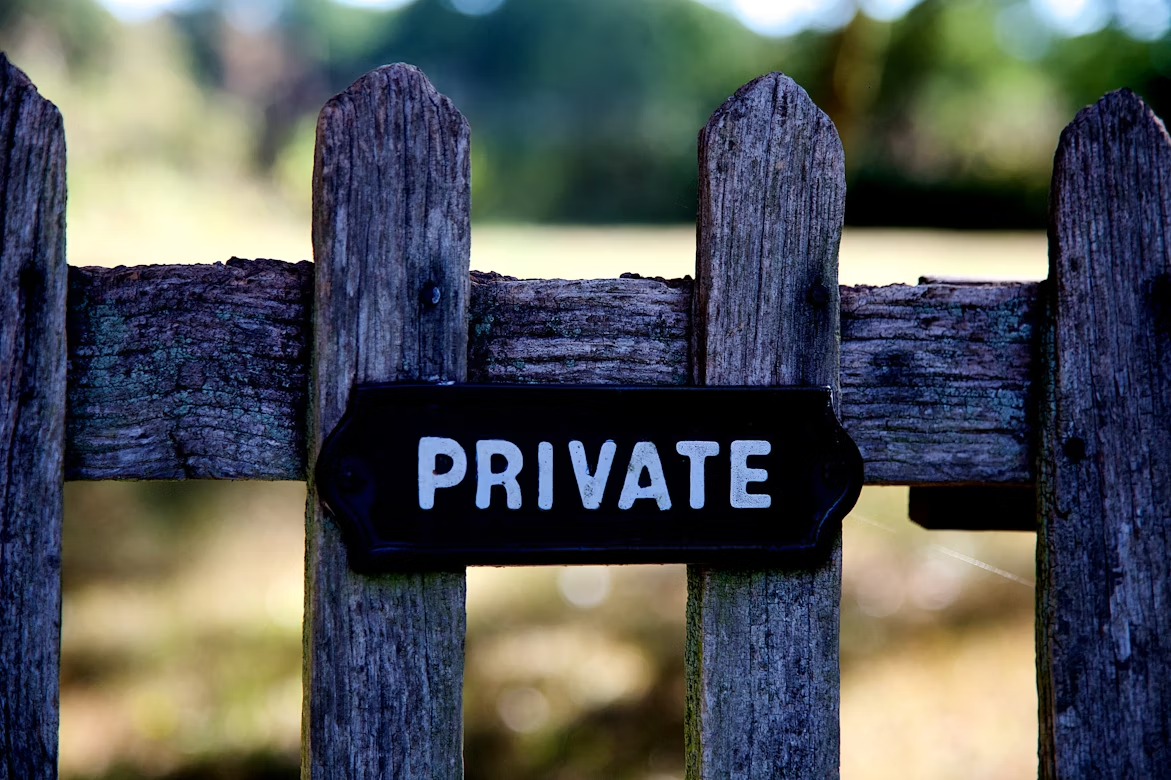
One of the main reasons that small-sized businesses fail is the absence of working capital. Inadequate financial decisions can have a negative impact on the small-scale company.
It shouldn’t scare you or deter you from the idea of launching your first venture. But it’s to make you aware of how important it is to write a financial plan for your small-scale company. The most important thing is how to prepare a contingency plan in case of a financial hiccup.
In this blog post, we will discuss the following topics:
- The importance of having a financial plan for small businesses.
- Financial plan elements for small businesses.
- An example of an initial business plan (for any type of business).
Table of Contents
Importance Of A Financial Plan
1. A Business GPS?
Imagine taking a drive to a different destination, not having any idea of where you are or which direction to go.
It’s when you start a new company without having an investment plan.
A financial plan can give you a clear path to your business’s future and will help you determine the amount to invest in each location.
2. Where Is The Goal Post?
We all have an idea of what a startup’s objective is. However, becoming overwhelmed is a common occurrence without having a clear idea.
A financial plan can provide you with a precise goalpost. This is about concrete goals that are measurable and achievable objectives.
If you’re looking to increase the size of your company or increase your profits or reduce expenses, A financial plan will give you a clear direction.
3. What Ifs & Risks!
Inevitably, your business will not be all smooth sailing forever!
Many businesses face unexpected expenses. It could be as simple as a breakdown in equipment or sudden changes in the market!
As a company owner, having a financial plan is essential!
A budgeting plan for finances can help you create emergency funds to be prepared for unexpected events.
4. A Long-Lasting Impression
Are you looking for investors at the beginning of your company? Perhaps it will help by providing them with an ongoing financial plan.
Remember that investors and lenders need to have a clearly thought-out financial plan before committing to a loan.
Thus, having a well-constructed plan will show them that you are aware of your company’s financial health as well as its cash flow and the possibility of profit. Therefore, we’re determined to make your company a success.
5. Improves Financial Decision-Making
Having a financial plan will help you know the flow of your financial revenues, expenses.
This information can help you make better choices, such as when to buy new equipment or reduce costs.
Important Elements Of The Financial Plan Of A Small Business
Before you start your financial plan, it is important to understand the various financial terms that are used in business.
1. Cash Flow Projection
This involves predicting the market and the impact your product can have on the market, and how much you could make from it.
Then, take the amount of capital expenditure that you can create for every month. The goal of cash flow projections is to make sure you are able to meet your needs (at the close in the course of the month) to expand.
It is typical for businesses to operate month after month without profits during the first 6-8 months of business. You are establishing your company.
2. Balance Sheet
Balance sheets are a snapshot of the financial assessment of your small business’s present condition. Here are a few essential items that your balance sheet will contain:
- Income & Expenditure
- Total owning and total owing (personal debts or small-business loans).
- Assets that are currently in collateral.
When you read it, it may seem straightforward. But in the case of a balanced business account, it is necessary to hire an expert in finance to create one.
3. Personnel Expense
This leads us to the next section of the financial plan of small businesses. The expense for personnel is the amount you spend on the employees you have hired.
There is no need for employees to make up the majority of your staff. In reality, the number of employees employed by small businesses won’t get to 15 in the first year.
Personal expenses include those who are consultants for the company, as well as the various experts you employ to assist with internal tasks (e.g., the Finance manager to prepare the balance account).
4. Assets
The tangible assets your small business has:
Present AssetsWhat your company has. This includes inventories, machines, and tech equipment, and pre-paid expenses (for instance, digital tools), as well as other office equipment.
tangible assets: The one that physically exists under the name of your small company. Real estate (This is not the case for offices or warehouses that are rented out. They will be included in the section on expenditure), inventory of land and tangible investments (gold and bonds), and sellable goods.
Non-tangible Assets: This is a type of asset that does not exist in physical form. Intellectual property instruments, pre-paid instruments, as well as investments (stocks and Cryptocurrencies, mutual funds).
Non-Operable Assets: Assets in your small-scale business that don’t earn a profit. For instance, land that you own but isn’t yet accessible to any business-related activities.
Operating Assets that your business currently owns and which are earning some money. For instance, goods that are produced in manufacturing facilities, warehouses, factory spaces, and office spaces.
5. Products & Services
The services and products you intend to offer are also a factor in the financial planning of small businesses.
These are the ones that include:
These raw ingredients are needed for the production of goods.
- Factory costs.
- Cost of the warehouse.
- Shipping costs for Drop and Transport.
- Insurance and salary for workers.
- Contingency management funding. (In the event of any incident or unpredictability).
The result will show you the total price of production. This will allow you to determine the value that your product.
This is a crucial step to determine the profits and losses of every item.
6. Income Projections
A crucial aspect of the small business finance plan is predicting. This is the way to forecast whether your income will be substantial.
Here’s how you can secure your earnings from business (before even):
- Review the projections for business income of competitors by conducting a number of analyses of data.
- Is your small business’s area of expertise being discussed in the market? What is the present proportion of the market of these companies?
- Are investors prepared be willing to make a commitment in the business of a company as such? In actuality, look over some successful Shark Tank success stories and determine which venture is more profitable for investors.
- In addition, the rise in inflation of the last 10 years in regard to your product that you are selling is an important factor.
7. Marketing
You can’t spend all your money on logistics and not have to worry about marketing.
It is impossible to ignore this issue even in the present time and age where small-scale businesses are achieving new heights through simply a shoutout from an influencer, or even social media virality!
8. Risk Management
The business cannot be protected from the dangers that are posed to every company throughout its life. But the contingency plan does not get shattered by sudden changes.
Here are a few of the potential financial risks or uncertainties your business may be facing:
Market risk: the ups and downs that occur in the present and rapidly changing economy. After an outbreak of the virus, events are more unpredictable.
Reputation Risk social media are connecting businesses and customers. But, the drawback of this kind of connectivity is the possibility of a negative reputation, particularly when people are quick to make assumptions when they hear any online content.
The Risk of Competition: The HTML0 risk is one of the typical risks that every company faces. If your competition launches something exciting and new, it could result in significant changes in your sales figures.
Environmental Risk. An excellent example of a risk to the environment that has had a significant impact on businesses is the Zika pandemic.
Begin Your Journey!
This is a way for you to start this journey to become a new business owner. It’s indeed daunting, and it is intimidating (hence the lengthy procrastination period! ).
The process of creating a budget for a new business can be a daunting task. Here’s how to make the process a bit more manageable.
The first step is to define your business’s objectives. An executive plan is an absolute must. It is essential to understand the things your business is about.
Ask for help from experts for tax advice, and prepare the most detailed balance sheet.
Consider reviewing your financial plan from top to bottom promptly. It is essential to take each step in turn.







